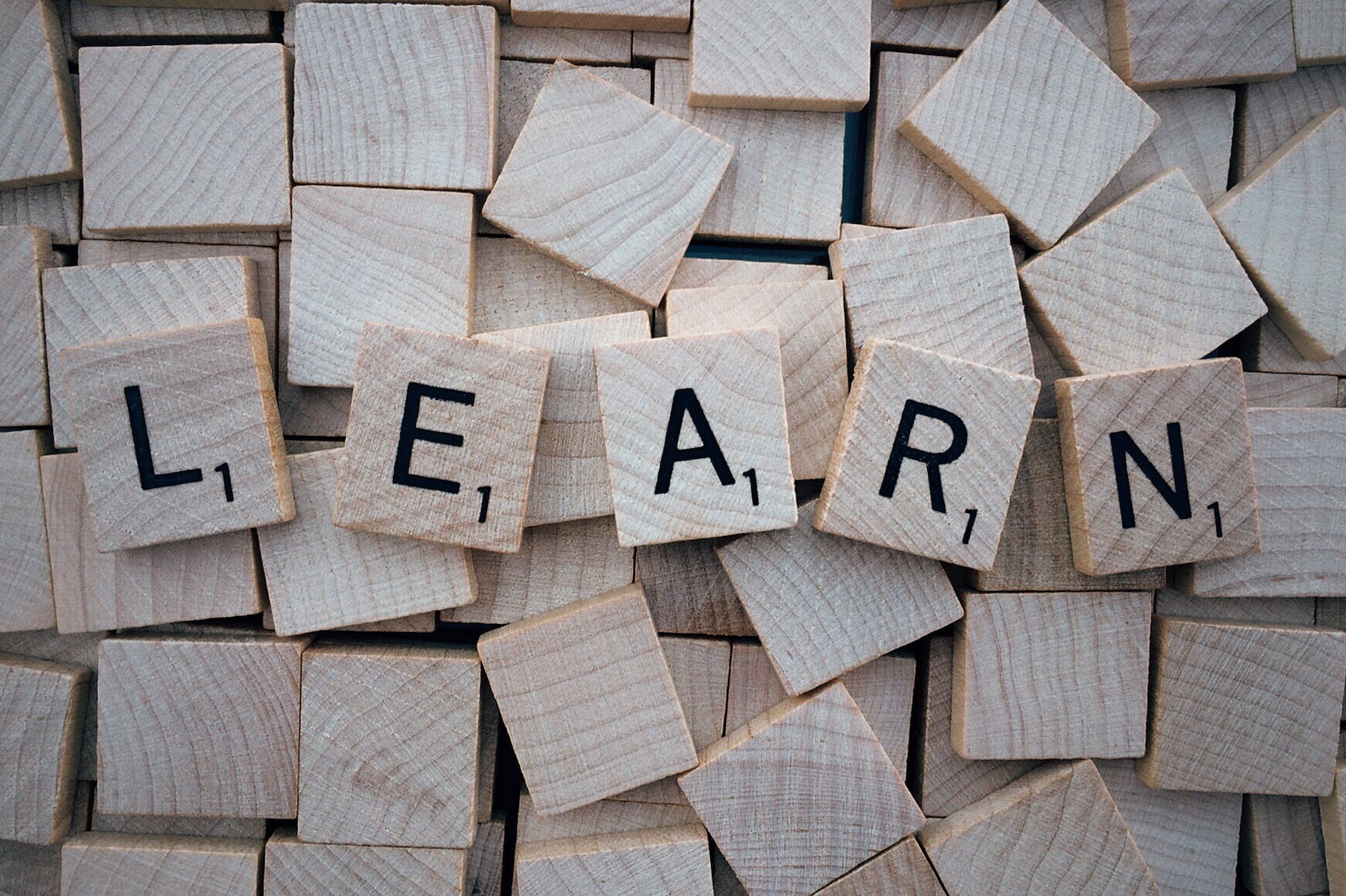
In the digital age, the ability to create realistic images from text descriptions using machine learning has become a topic of great interest. Among the tools leading this revolution are Adobe Firefly vs. Midjourney, which have showcased remarkable capabilities in this domain.
Understanding the Basics of Machine Learning in Image Creation
Machine learning, a subset of artificial intelligence, has made significant strides in image generation. It involves training algorithms on large datasets of images, enabling them to understand and replicate various artistic styles and visual elements. These algorithms, often called neural networks, can then generate images based on text descriptions, a process that mimics human creativity but at a much faster pace.
The technology behind this is complex but fascinating. These neural networks analyze the text descriptions, identify key elements and themes, and then use their knowledge to create images that match them. The process involves a deep understanding of both language and visual representation, making it a cutting-edge application of AI.
Adobe says, “Adobe Firefly is a family of creative generative AI models for Adobe products. Initially focused on both image and text effect generation, Adobe Firefly taps into a library of open-licensed images and copyright-expired public domain content to turn text descriptions into AI creations.”
The Rise of Adobe Firefly and Midjourney
Adobe Firefly and Midjourney are prominent examples of machine-learning applications in realistic image creation. Adobe Firefly is known for its integration with Adobe’s suite of creative tools, offering a seamless experience for designers and artists. Its strength lies in creating images that closely align with Adobe’s creative style and aesthetic preferences.
Midjourney, on the other hand, takes a different approach. It focuses on creating unique and often surreal images from text descriptions. It has been praised for its ability to generate highly creative and unconventional images, pushing the boundaries of digital art.
Accuracy and Realism in Generated Images
One of the most impressive aspects of using machine learning for image creation is the level of accuracy and realism these tools can achieve. Adobe Firefly, for example, excels in creating images that are not only realistic but also align with the user’s expectations based on their description. The images are detailed, with accurate colors, textures, and lighting, closely resembling real-life objects or scenes.
Midjourney complements this by offering a different kind of realism, one that is more artistic and abstract. Its images may not always mimic reality as closely as Adobe Firefly, but they offer a unique perspective that is often more expressive and imaginative.
Applications in Various Industries
The applications of these technologies extend beyond just art and design. In industries like advertising, journalism, and education, the ability to quickly create realistic images from descriptions can be incredibly useful. For instance, advertising allows for rapid prototyping of ideas and visuals, enhancing the creative process.
In education, these tools can create visual aids and learning materials, making abstract concepts easier to understand through visual representation. Similarly, in journalism, they can be used to create illustrations and infographics, enhancing the storytelling aspect of news articles.
The Future of Machine Learning in Image Generation
Looking ahead, the future of machine learning in image generation seems bright. With advancements in AI and machine learning, tools like Adobe Firefly and Midjourney will continue to evolve, becoming more sophisticated and versatile. This evolution will likely lead to more realistic and creative images, further blurring the line between computer-generated and human-created art.
Machine learning techniques, as exemplified by Adobe Firefly vs. Midjourney, have shown remarkable ability in creating realistic images from text descriptions. From enhancing creativity in the art and design industry to finding applications in advertising, education, and journalism, these tools reshape how we think about and create visual content. As technology advances, we can expect even more impressive capabilities in this exciting field.